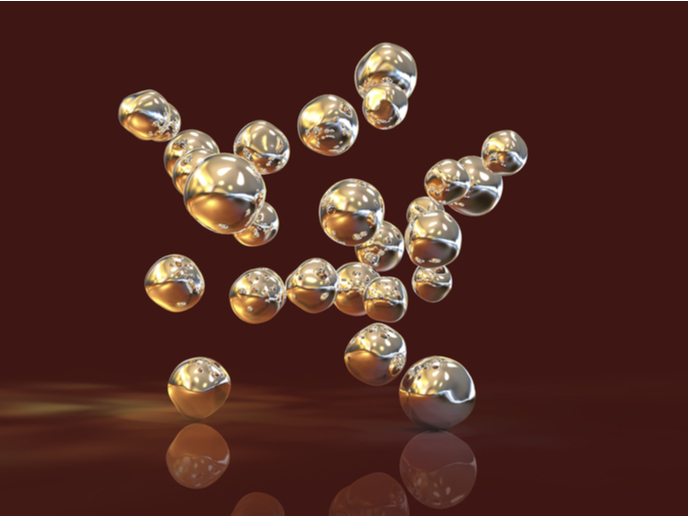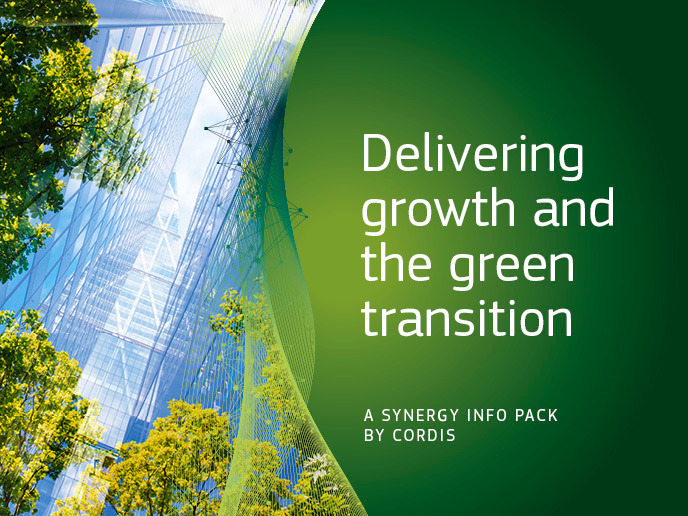Low-cost third-generation photovoltaics
Although tremendous advances have been made in solar cell (SC) technology, widespread uptake of inorganic semiconductor solar cells has been limited. The problem is mainly a lack of cost effectiveness related to high energy consumption during manufacturing and processing (high embodied energy). Plastic electronics and solution-processable inorganic semiconductors offer a promising solution. SCs made with these inexpensive materials already demonstrate competitive efficiencies and better performance than amorphous silicon and copper indium selenide. The EU-funded project 'Sensitizer activated nanostructured solar cells' (SANS) delivered a new generation of nano-structured SCs. Third-generation photovoltaic technologies are characterised by high scalability and cheap manufacturing of materials and panels. They can be deployed by traditional markets (solar farms and rooftop panels) or other market-changing applications such as building-integrated photovoltaics. SANS achieved a record efficiency of a low-cost solid-state DSSC (ssDSSC) in the laboratory and produced a module with a lifetime of 20 years of outdoor use. Three critical sub-systems were the key to SC development: the light-absorbing antenna, the electron-transporting meso-structured oxide and the electrolyte/hole transporter. Within these areas, the team had excellent success in producing better absorbing molecular dyes and inorganic quantum dots, novel mesoporous electrodes and improved electrolytes, and hole transporters. Project partners produced highly stable solvent-free electrolytes for DSSCs that approached the target of 20 000 hours of continuous exposure to simulated sunlight. Furthermore, they developed a new family of high-efficiency multi-chromophoric dyes, with a blue dye-sensitised solar cell well-suited for building-integrated SC applications. New advanced mesoporous single crystals based on titanium dioxide were licensed. This material allows removal of the sintering step in ssDSSC manufacturing, greatly broadening the substrate choice and reducing costs. These single crystals promise to offer enhanced properties and potential applications of DSSCs in energy storage devices. Efficiencies around 14 % were achieved in the laboratory using perovskite absorber materials. Perovskite ssDSSC performance is expected to outperform all hitherto known first- and second-generation SCs. Over the duration of the project more than 80 scientific publications were produced, a number of patents were filed, and workshops and conferences were organised.







